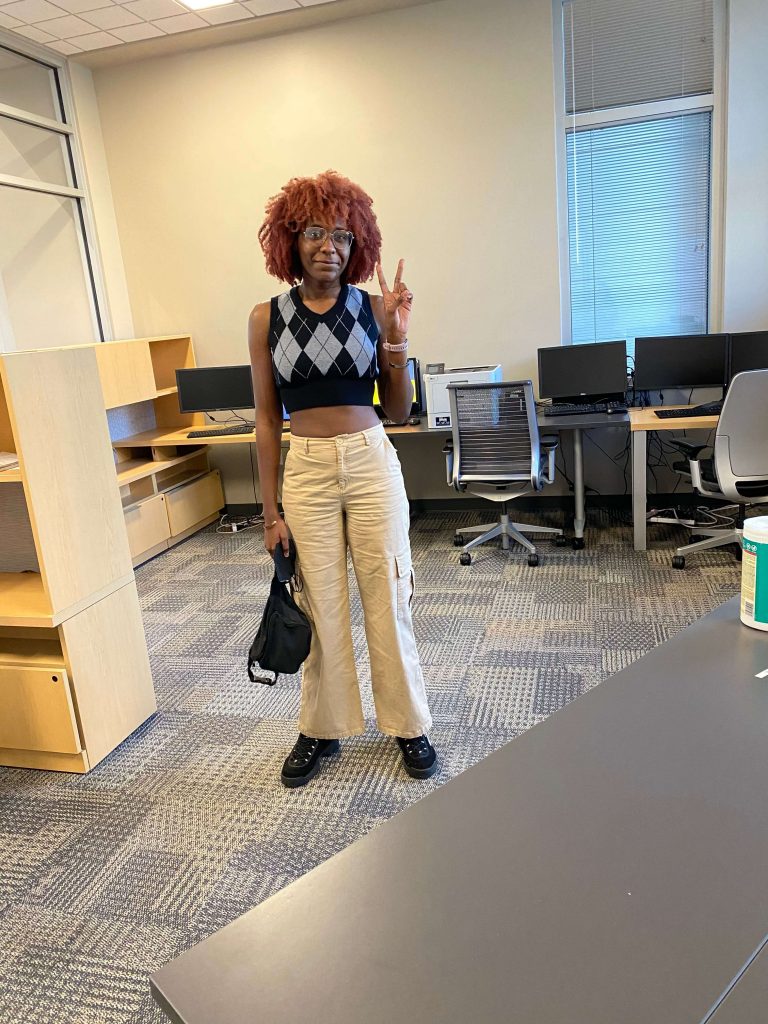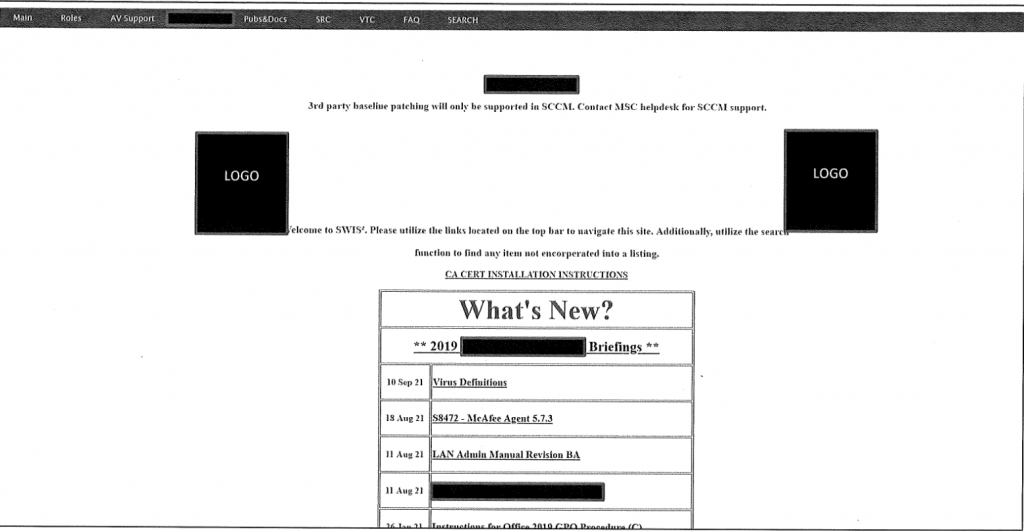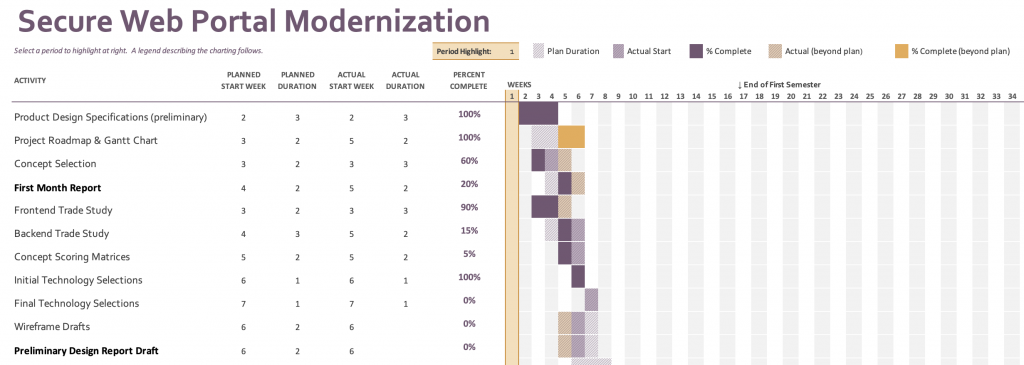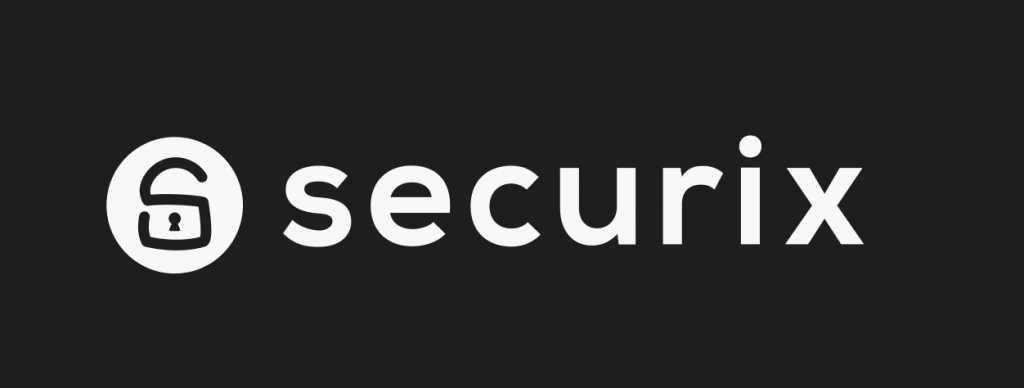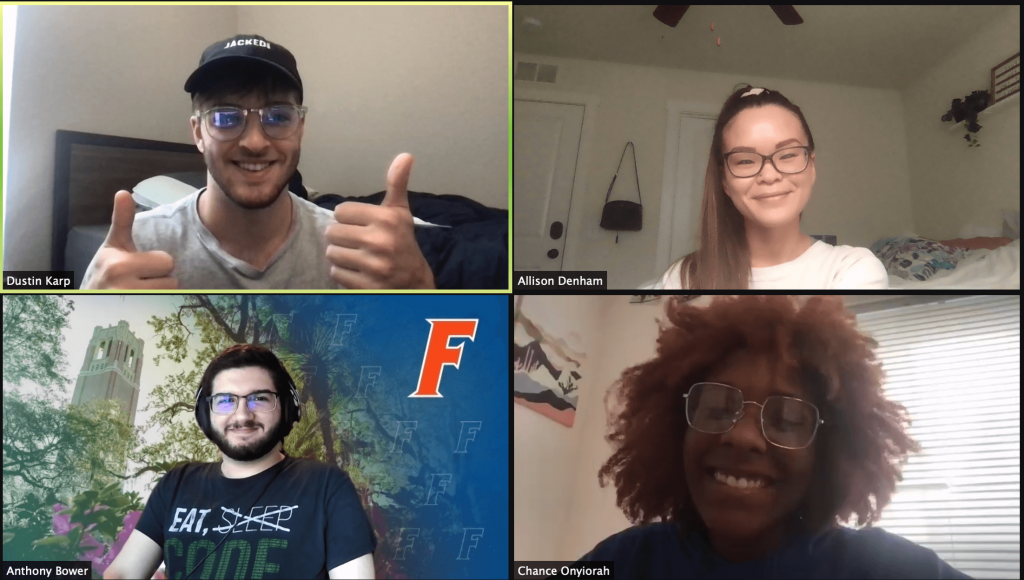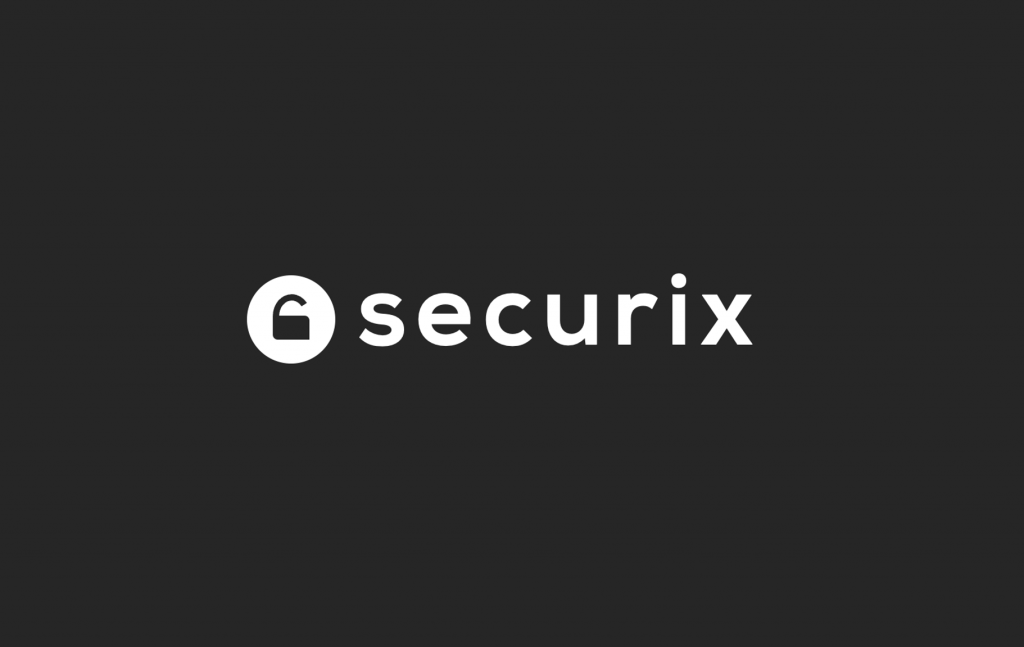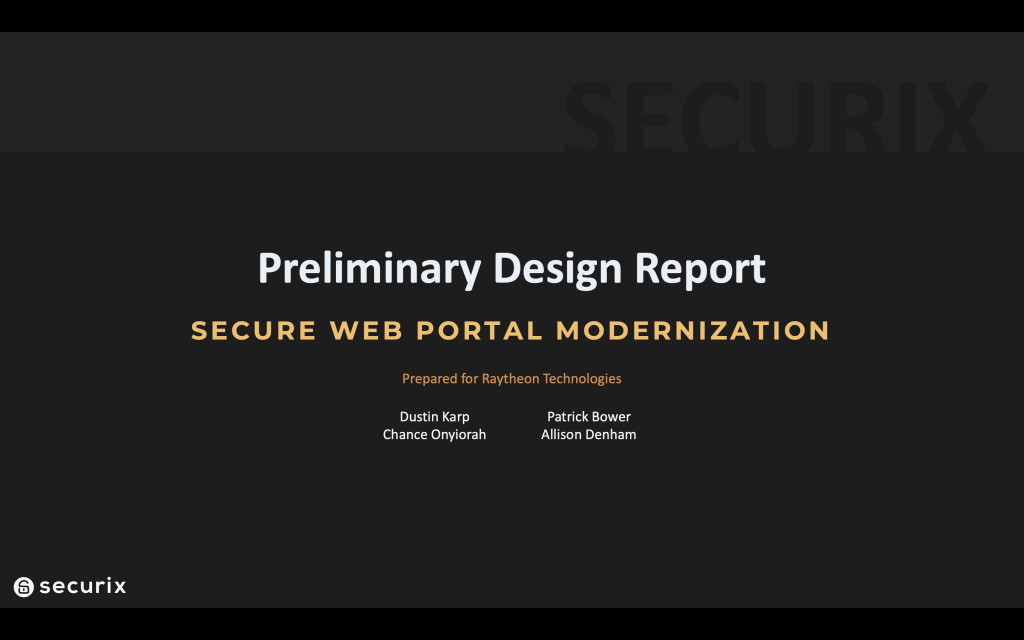
This week, our team did our first official presentation for our Raytheon liaisons and company members. After applying the feedback we got from our peers and practicing throughout the week, we presented our PDR on Thursday over zoom. The team received good feedback at the end and there were no questions asked. Our next step in the PDR verification process is sending our final PDR to our liaisons and getting their signatures.
The plan for next week is to continue working on our front-end design and, wireframes that will be used as the prototype at the end of the semester. We have started a Figma board where have been organizing all of the aspects of the UI, like the color and font, and where the actual wireframing will take place. Our liaisons have sent us some use cases that we will base the wireframes around.
